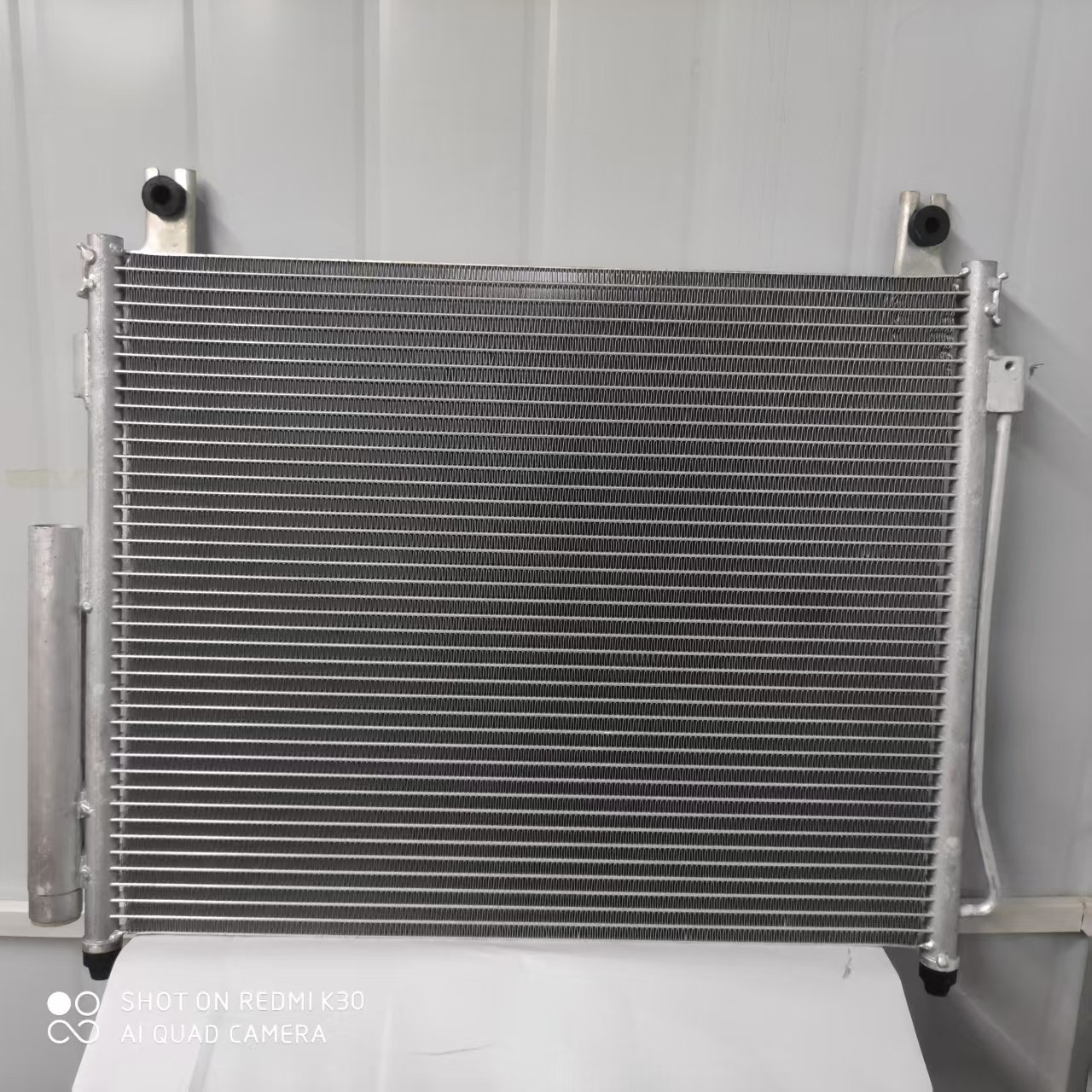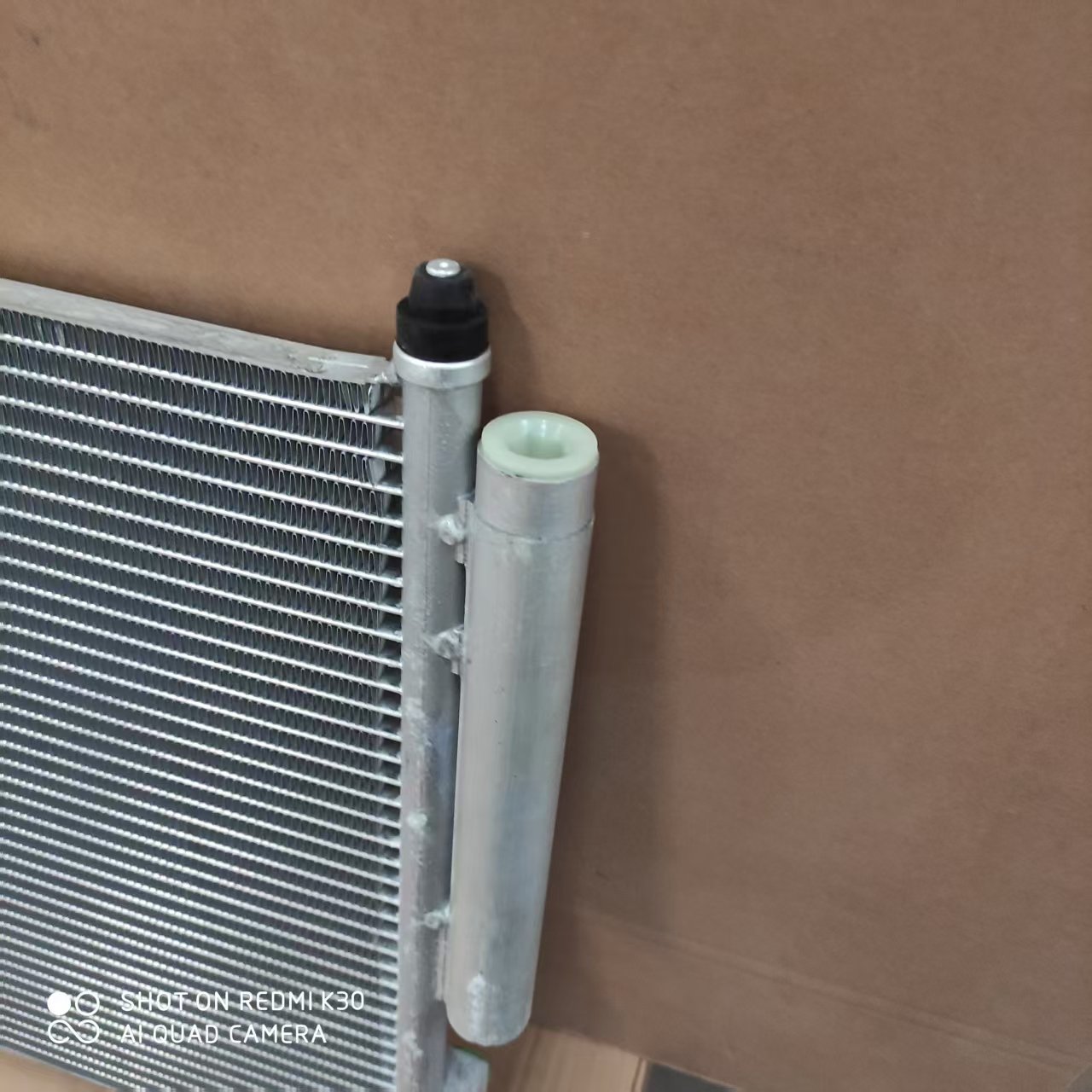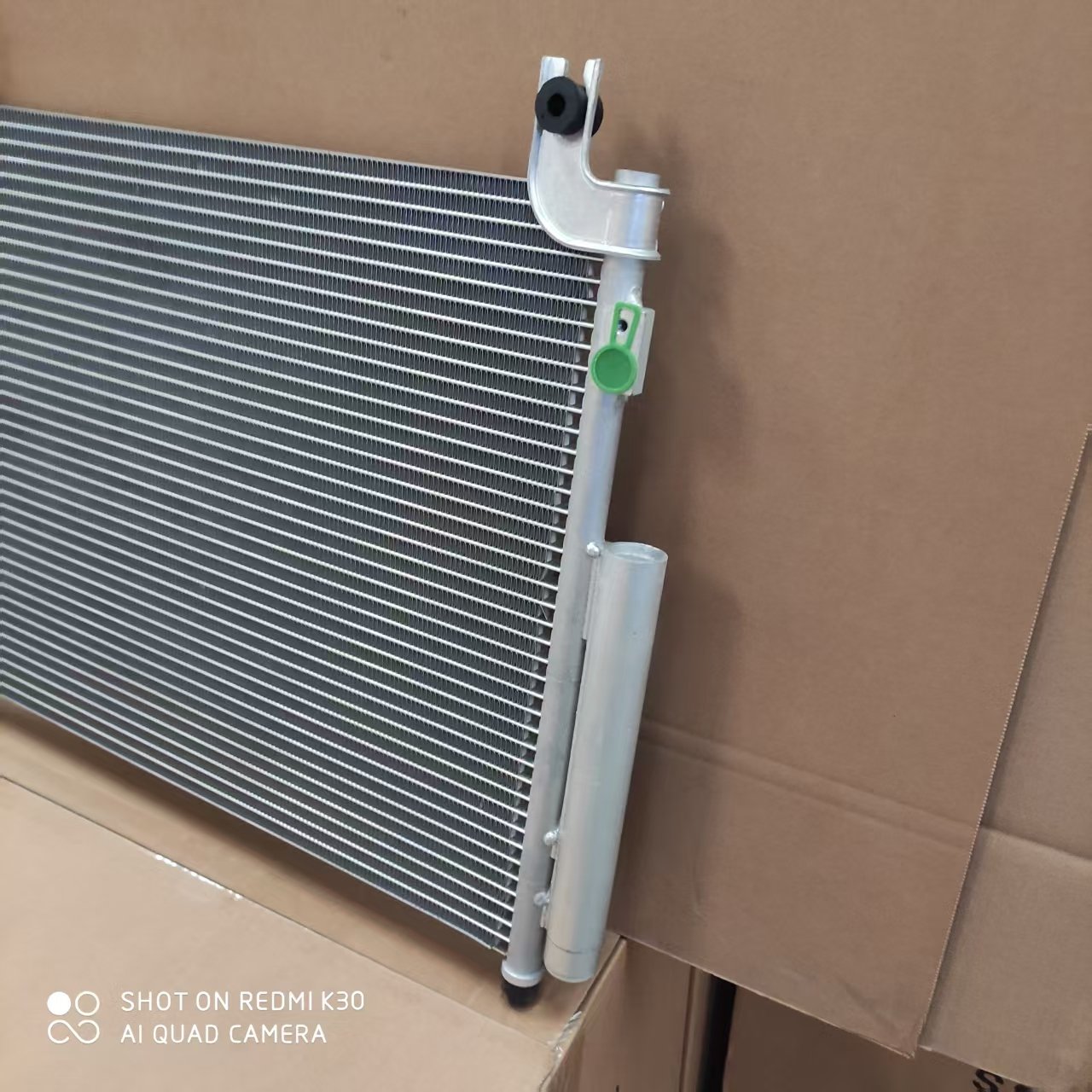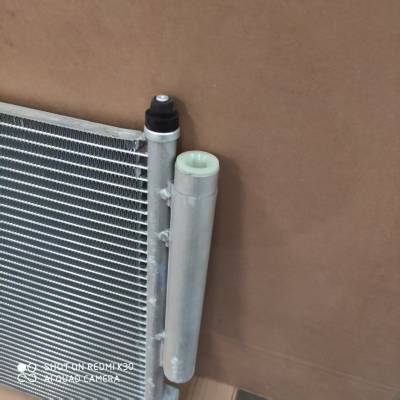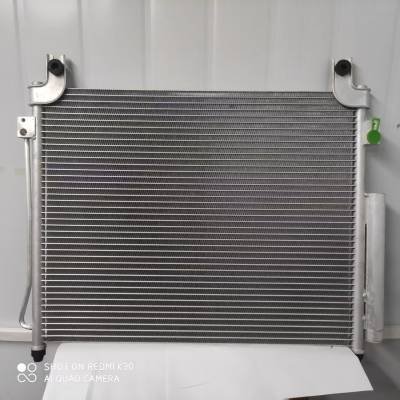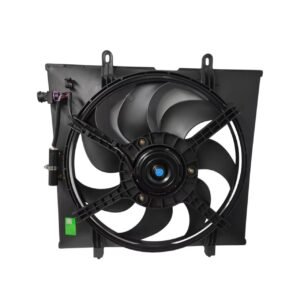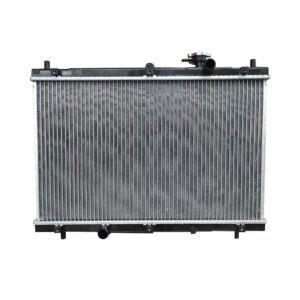Automotive condenser typically include the following aspects:
1. Dimensions: Length, width, and height, which affect the installation space and heat dissipation area.
2. Material: Commonly made of aluminum or copper. Aluminum is lightweight and has good heat dissipation, while copper has better thermal conductivity but is heavier.
3. Thickness: Affects heat dissipation efficiency. Greater thickness improves heat dissipation but requires consideration of installation space.
4. Heat Dissipation Area: A larger area enhances heat dissipation capacity.
5. Tube Diameter and Fin Spacing: Tube diameter affects refrigerant flow, while fin spacing influences air flow and heat dissipation.
6. Working Pressure: Must withstand the high pressure of the refrigeration system, typically between 200-300 psi.
7. Connection Size: Must match the connection dimensions of other components in the refrigeration system.
8. Weight: Affects vehicle load and fuel efficiency.
9. Air Resistance: Influences air flow and heat dissipation efficiency.
10. Compatibility: Must be compatible with the vehicle model and refrigeration system.
Specific parameters vary depending on the vehicle model and manufacturer. It is recommended to refer to the vehicle manual or consult a professional for detailed information.
Fill out the form to receive a business quote
Ask your question now and receive an answer within one business day.



